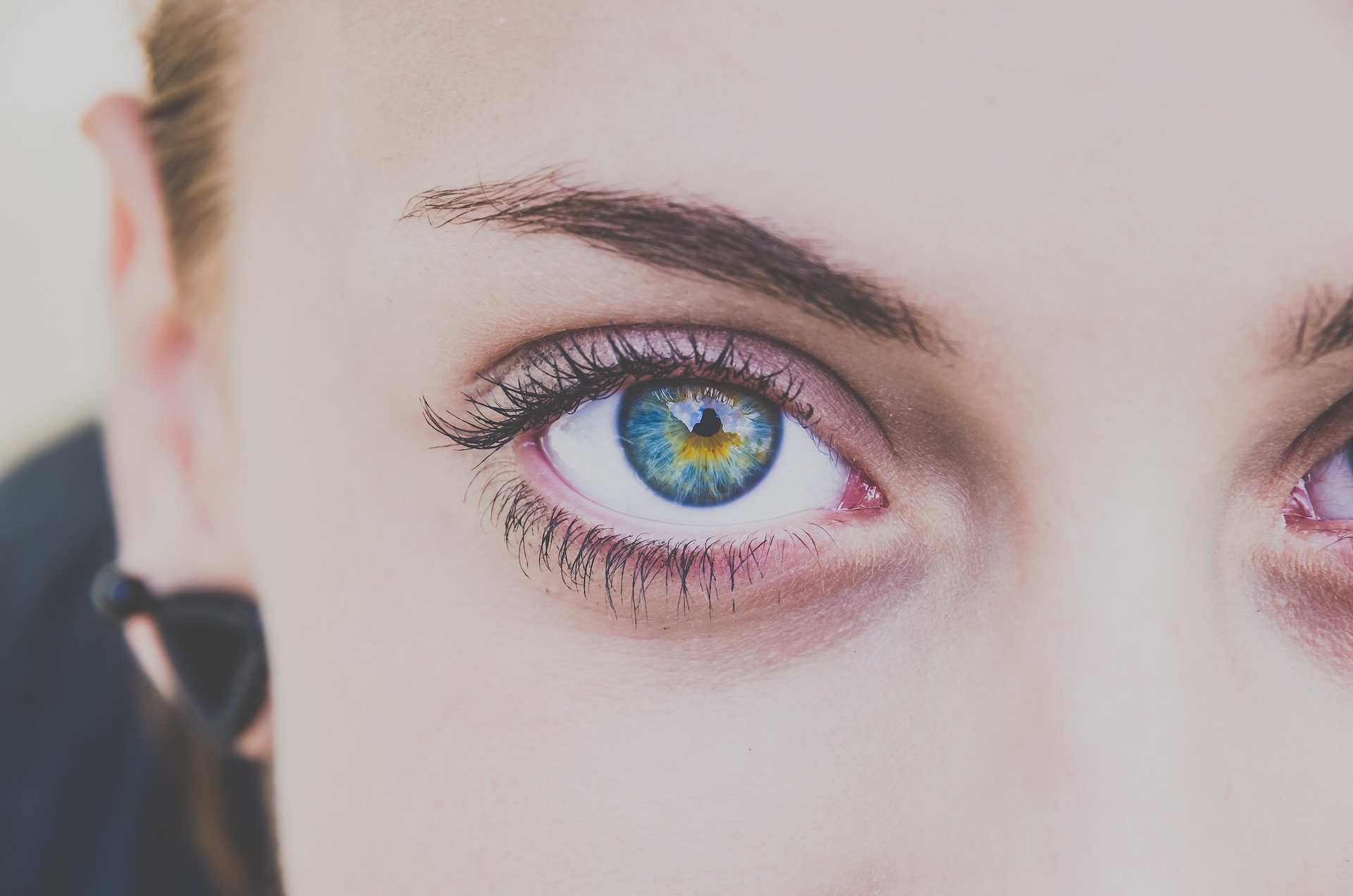Dilated pupils, or mydriasis, can be a side effect of various medications. Understanding the drugs that can cause this phenomenon is essential for both medical professionals and the general public. During the drug detox process, it’s helpful to know what prescription medications can cause dilated pupils. Before accusing someone of using illicit drugs, consider they could be taking allergy medication, antidepressants, or returning from an eye exam.

Dilated pupils can be even or uneven, based on the way the body reacts to the drugs. When eye drops are put in one eye, they may dilate unevenly.
While dilated pupils may be a side effect of certain drugs, it’s essential to consult with a healthcare professional if you experience this phenomenon unexpectedly or if it is accompanied by other concerning symptoms. Proper medical guidance ensures accurate diagnosis and appropriate management based on individual health circumstances.
These ten drugs can cause dilated pupils, and many are available by prescription or over-the-counter:
Many antidepressant medications, particularly those in the class of selective serotonin reuptake inhibitors (SSRIs) and serotonin-norepinephrine reuptake inhibitors (SNRIs), can cause dilated pupils. Examples include fluoxetine (Prozac) and venlafaxine (Effexor).
Some over-the-counter and prescription antihistamines, including diphenhydramine (Benadryl), can lead to dilated pupils. These drugs are often used to manage allergies and symptoms like itching and sneezing.
Certain antipsychotic medications, such as clozapine and olanzapine, may result in dilated pupils as a side effect. These drugs are commonly used to treat conditions like schizophrenia and bipolar disorder.
Atropine, commonly used in eye drops to dilate the pupils for ophthalmic examinations, and scopolamine, found in certain medications for motion sickness, can both lead to mydriasis.
Cycloplegic drugs, often used in ophthalmology, paralyze the ciliary muscle and dilate the pupils. Examples include cyclopentolate and tropicamide, which are used to facilitate eye examinations.
Substances like LSD, psilocybin mushrooms, and ecstasy (MDMA) are known for inducing altered perceptions, and dilated pupils are a common physiological response.
In addition to its hallucinogenic properties, MDMA, commonly known as ecstasy, can also cause dilated pupils. It stimulates the release of serotonin and norepinephrine in the brain.
Some opioids, such as methadone and oxycodone, can cause dilated pupils. However, the response may vary among individuals, and pinpoint pupils are more commonly associated with opioid use.
Drugs that stimulate the central nervous system, like amphetamines and cocaine, can cause dilated pupils. These substances are often abused for their euphoric and alertness-inducing effects.
10. Sympathomimetic Medications
Medications that mimic the effects of the sympathetic nervous system, like decongestants and certain asthma medications, can lead to pupil dilation. Examples include pseudoephedrine and albuterol.
If you are concerned that someone is taking an illicit drug that is causing pupil dilation, consider the other symptoms that these illegal drugs bring. People taking illicit drugs could also experience insomnia, shaking, mood swings, slurred speech, paranoia, and hallucinations. You might also notice they are no longer interested in the activities they previously enjoyed.



